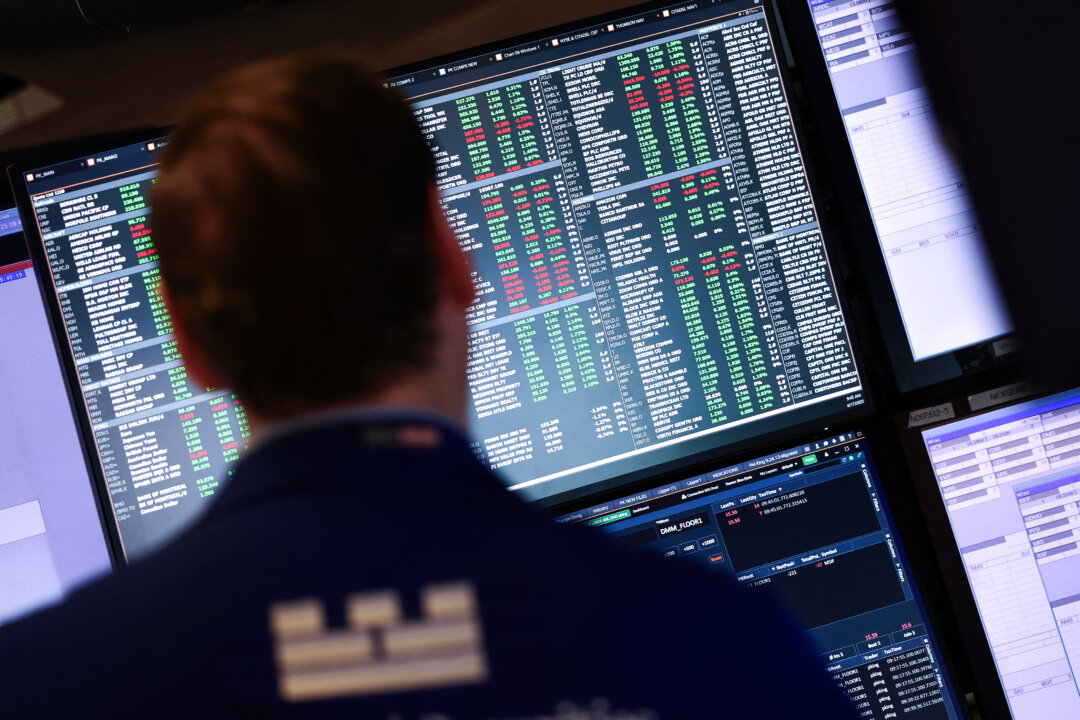Volatility continued this week on Wall Street, with stocks posting losses despite a decline in Treasury bond yields. The Dow Jones Industrials and the tech-heavy Nasdaq led the losses on mixed earnings and economic reports. The S&P 500 index ended April 17 at 5,282, down 0.
28 percent for the week. The Dow Jones Industrial Average declined 1.14 percent to close at 39,142.

The Nasdaq dropped 0.62 percent, ending the week at 16,286. Among the gainers were financial shares, led higher by better-than-expected earnings from Bank of America and American Express, whose stocks rose 4.
35 percent and 1.79 percent, respectively. Bank of America reported better-than-expected earnings and revenue, driven by strong trading and retail consumer banking income, which was further supported by market volatility, lower interest rate expenses, and a well-diversified business portfolio.
American Express beat earnings and revenue market expectations, fueled by strong spending from affluent consumers. Among the week’s losers were health care stocks, led by UnitedHealthcare, a Dow Jones component, which dropped 23.6 percent for the week.
The health care company, operating through four segments—UnitedHealthcare, Optum Health, Optum Insight, and Optum Rx—reported less-than-expected results for the first quarter, breaking its long-standing tradition of surpassing expectations. Another week-long loser was the tech sector, led by Nvidia and AMD, following news of impending write-offs because of semiconductor export restrictions to China. The sizable losses for equity averages came amid the high weekly volatility in each trading session, driven by earnings from market leaders and economic headlines from Washington and the Federal Reserve.
Positive sentiment for stocks continued on the morning of April 15, fueled by better-than-expected earnings from Bank of America, which ignited investor interest in the financial sector. The tech sector also drew attention, fueled by hopes of a tariff reprieve and news of Nvidia’s plans to invest $500 billion in AI-related infrastructure in the United States. Further declines in bond yields ahead of Fed chair Jerome Powell’s speech provided some support for risky assets, spreading gains to other sectors.
On April 16, the stock markets extended their downside trend, driven by a couple of headlines. The first came from Nvidia, the tech leader, which announced it would write off about $5.5 billion in H20 inventory for the April quarter because of export restrictions on selling these chips to China.
Write-offs reduce earnings and free cash flow, which are critical drivers of equity valuations. As a result, Nvidia’s shares dropped 9 percent at the open, reversing early-week gains and dragging the entire tech sector lower. Fears of rising inflation increase bond yields, as investors are reluctant to purchase fixed-income securities in an inflationary environment.
That suggested the central bank was in no rush to cut interest rates, triggering a broader sell-off in equity markets. Markets turned mixed again on April 17, caught between easing bond yields and disappointing earnings from market leaders like UnitedHealth, ahead of the Friday holiday that shortened the trading week. Bret Kenwell, a U.
S. investment analyst at eToro, said that equity investors are at a critical juncture. “Right now, investors are facing the scenario where consumer and business confidence have been sinking, and there’s a fear that it will weigh on spending and hiring,” he told The Epoch Times.
“If that doesn’t end up being the case, stocks can eventually enjoy relief when there’s more trade war de-escalation. However, if this fear does come to fruition, then uncertainty will increase, alongside short- to intermediate-term risk.”.
Business

Weekly Market Review: Stocks Post Losses Despite Falling Treasury Yields

Health care and tech stocks were the biggest losers, while financial shares posted gains.














